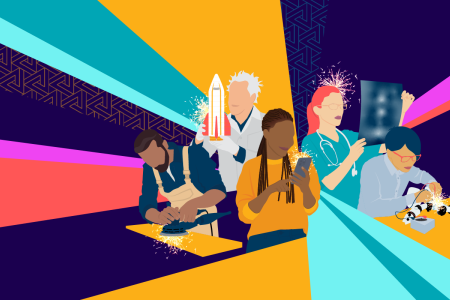Entrepreneurs and startups
We are boosting our entrepreneurial culture by improving access to finance, new business opportunities, and management support for startups and small to medium enterprises.
Our Advance Queensland programs and funds are listed below to help you find the support your need.
You can also view Queensland Government and Australian Government support options.

Female Founders Co-Investment Fund
Supporting innovative women-led startups preparing for a new early-stage capital raise.
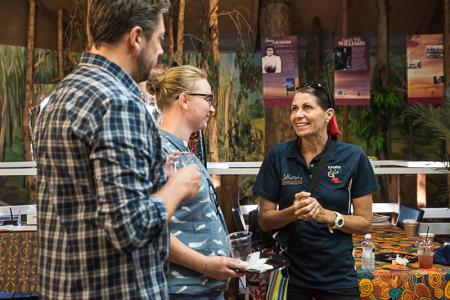
One Business
Supporting Aboriginal and Torres Strait Islander people by creating pathways to participate in Queensland's innovation economy.
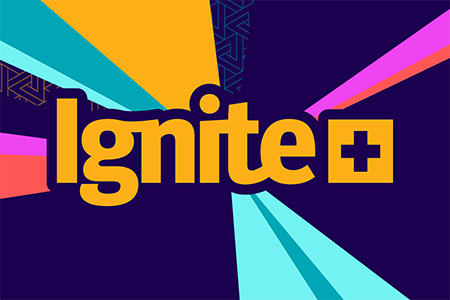
Ignite+
Supporting Queensland’s innovative, high-growth potential startups and scaleups to grow and succeed.
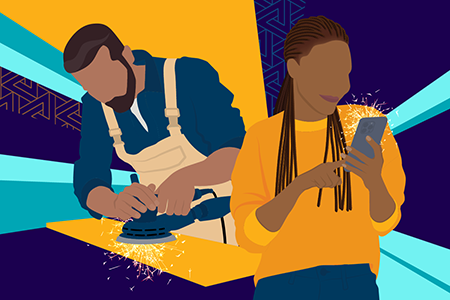
Ignite Spark Program
Supporting Queensland innovation driven enterprises to progress the development of an innovative product or service closer to market.
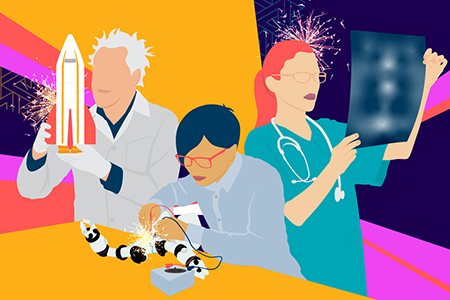
Ignite Ideas Fund
Ignite Ideas funding is available to commercialise highly innovative and new products or services that are at minimum viable product stage or beyond.

Accelerating Female Founders Program
Funding organisations to develop and deliver business support initiatives for innovative female founders.
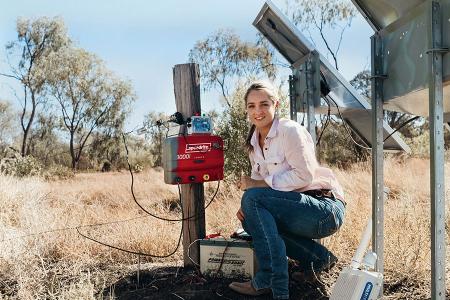
Agtech and Logistics Hub in Toowoomba
Transforming Queensland’s agricultural sector by facilitating connections, collaboration, partnerships and opportunities to solve industry’s biggest challenges.

Backing Female Founders Program
Supporting Queensland's female founders to grow and scale their innovative businesses.
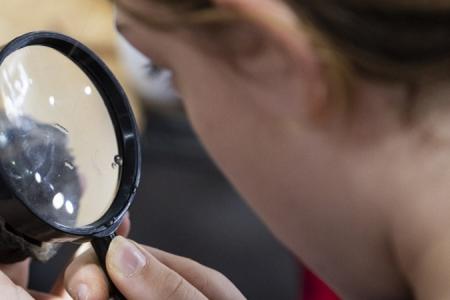
Engaging Science Grants
Supports events, activities and projects including citizen science projects that increase public participation in science.
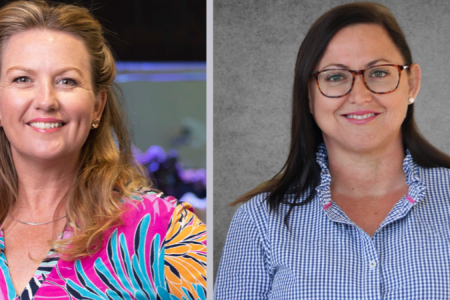
Female Founders Advisory Board Program
Delivering skills and exposure to effectively engage with advisors and establish best practice governance and advisory foundations to support business growth.

Partner Up Queensland Regional Science and Innovation Network
The Partner Up Queensland Regional Science and Innovation Network is a state-wide approach to increasing science and innovation engagement in regional Queensland.

Queensland Connects
Bringing together key innovation ecosystem leaders to solve a regional challenge or unlock a key sectoral or regional opportunity that will help connect and grow the sector or region.





